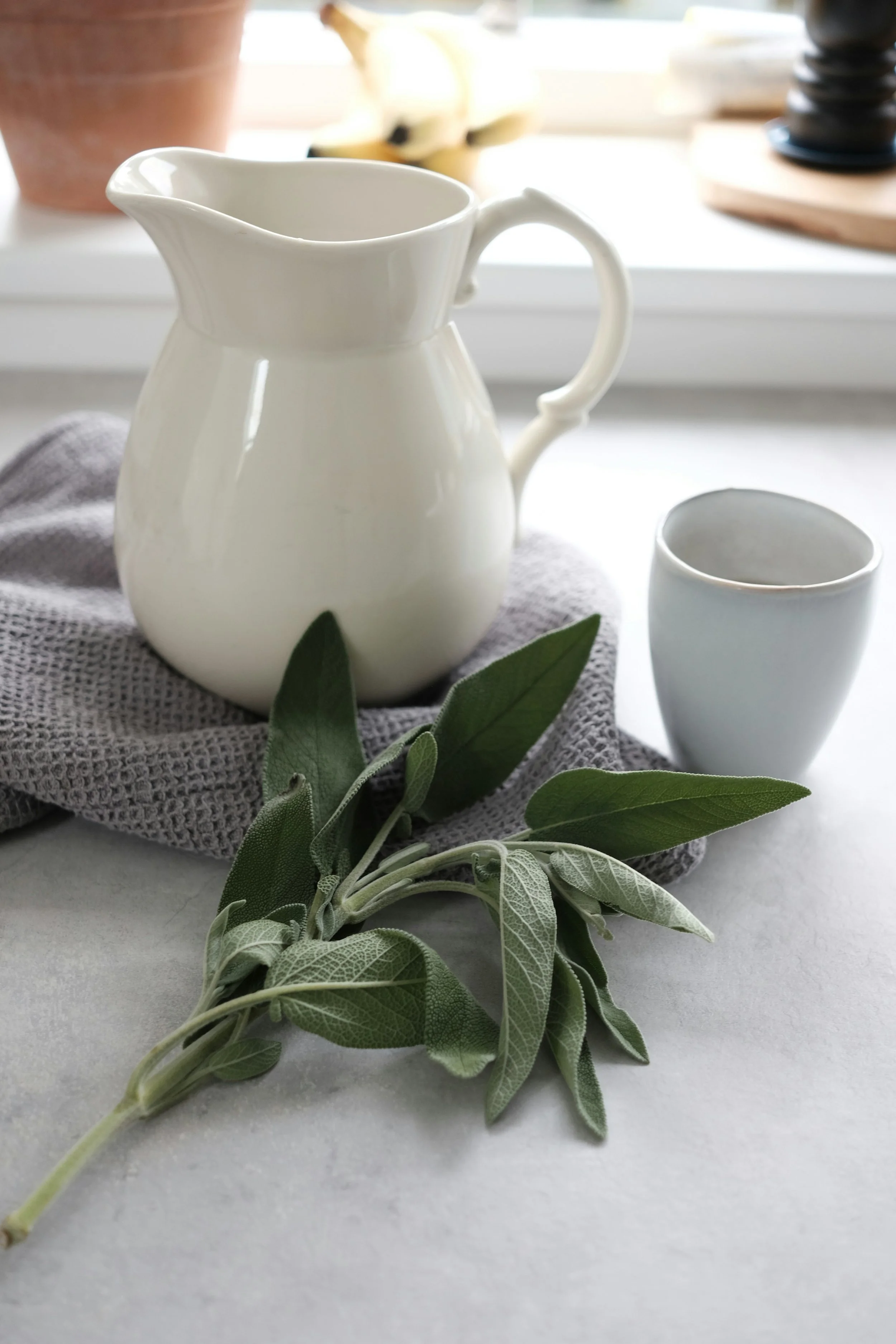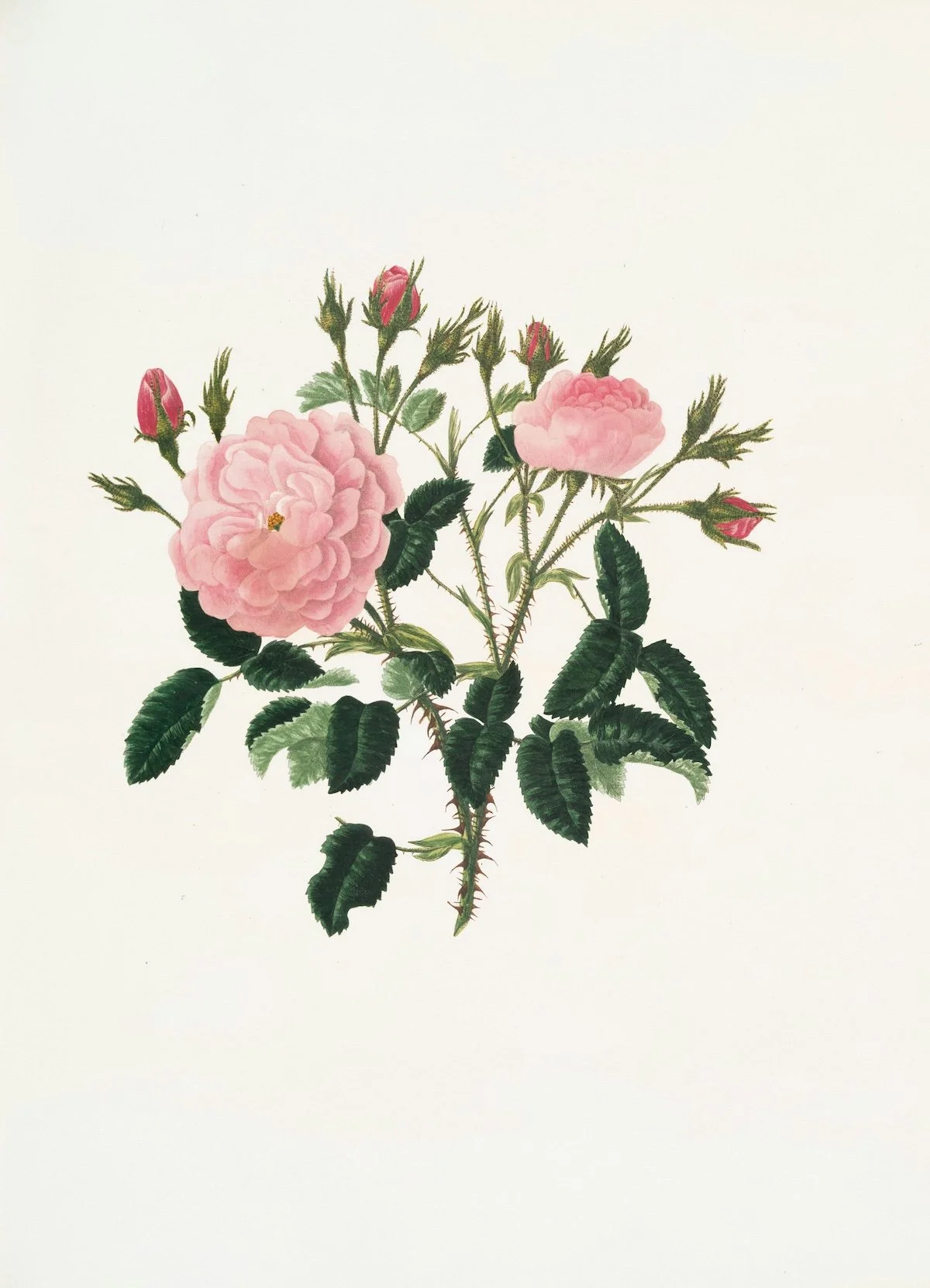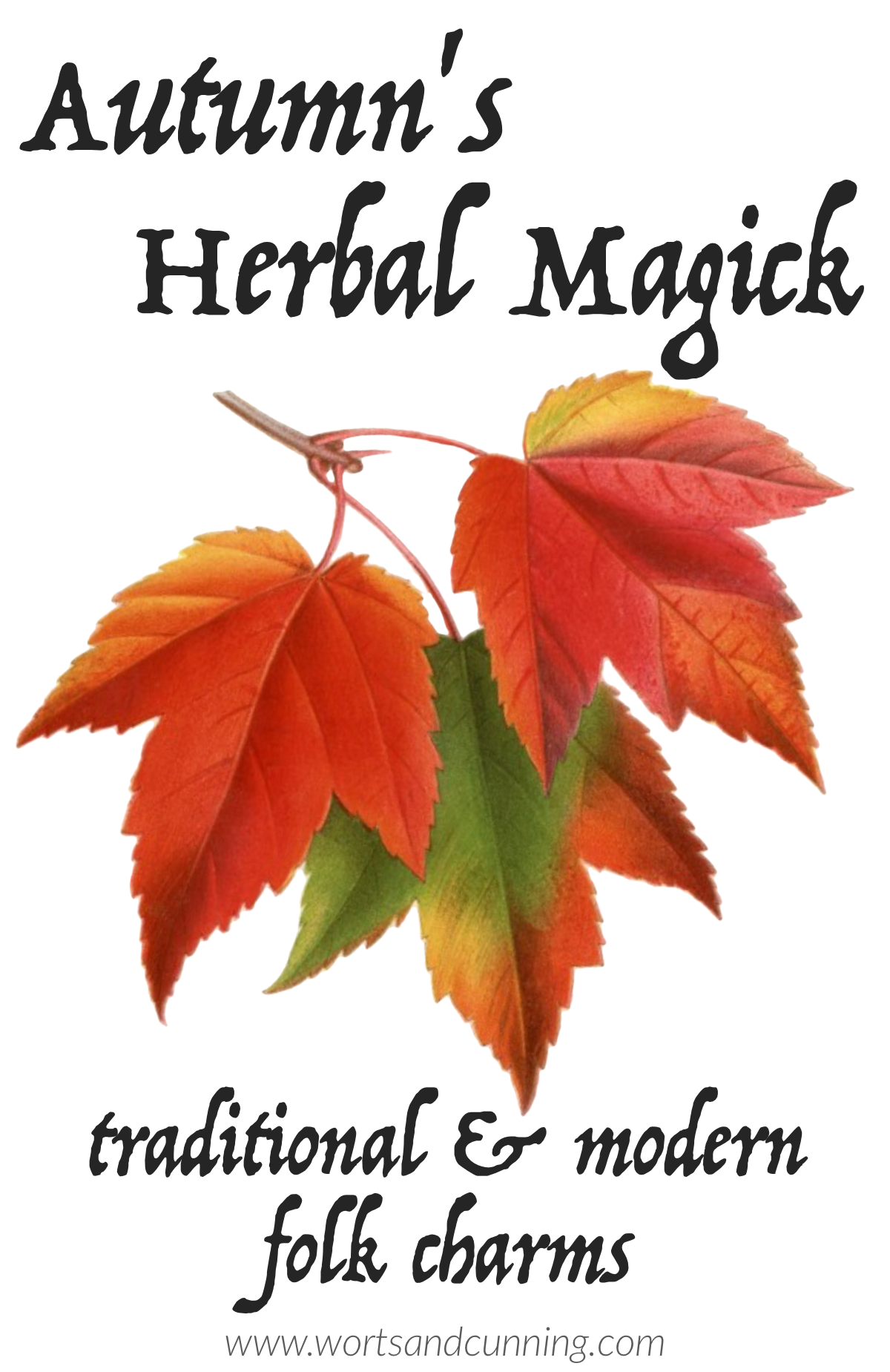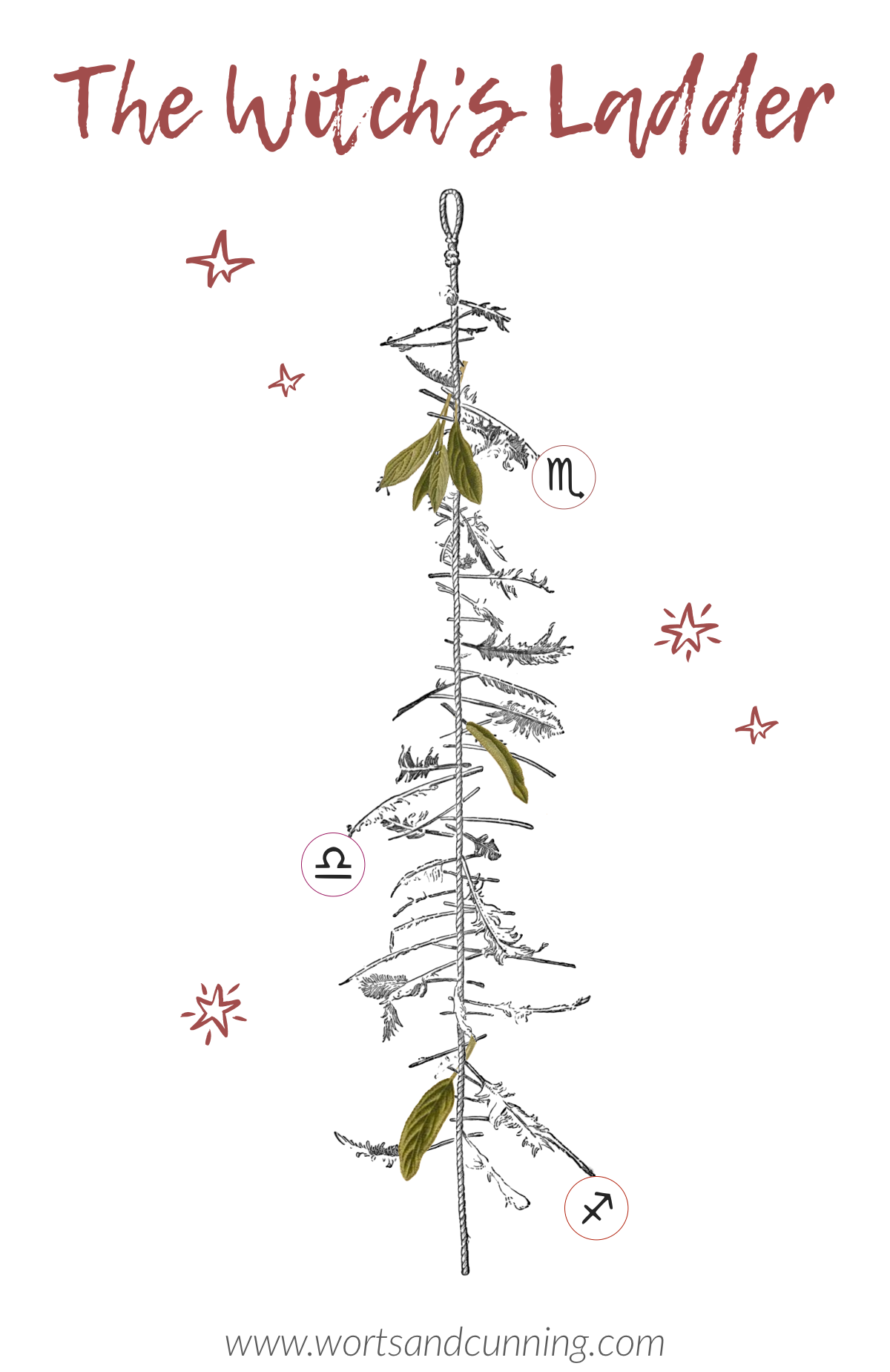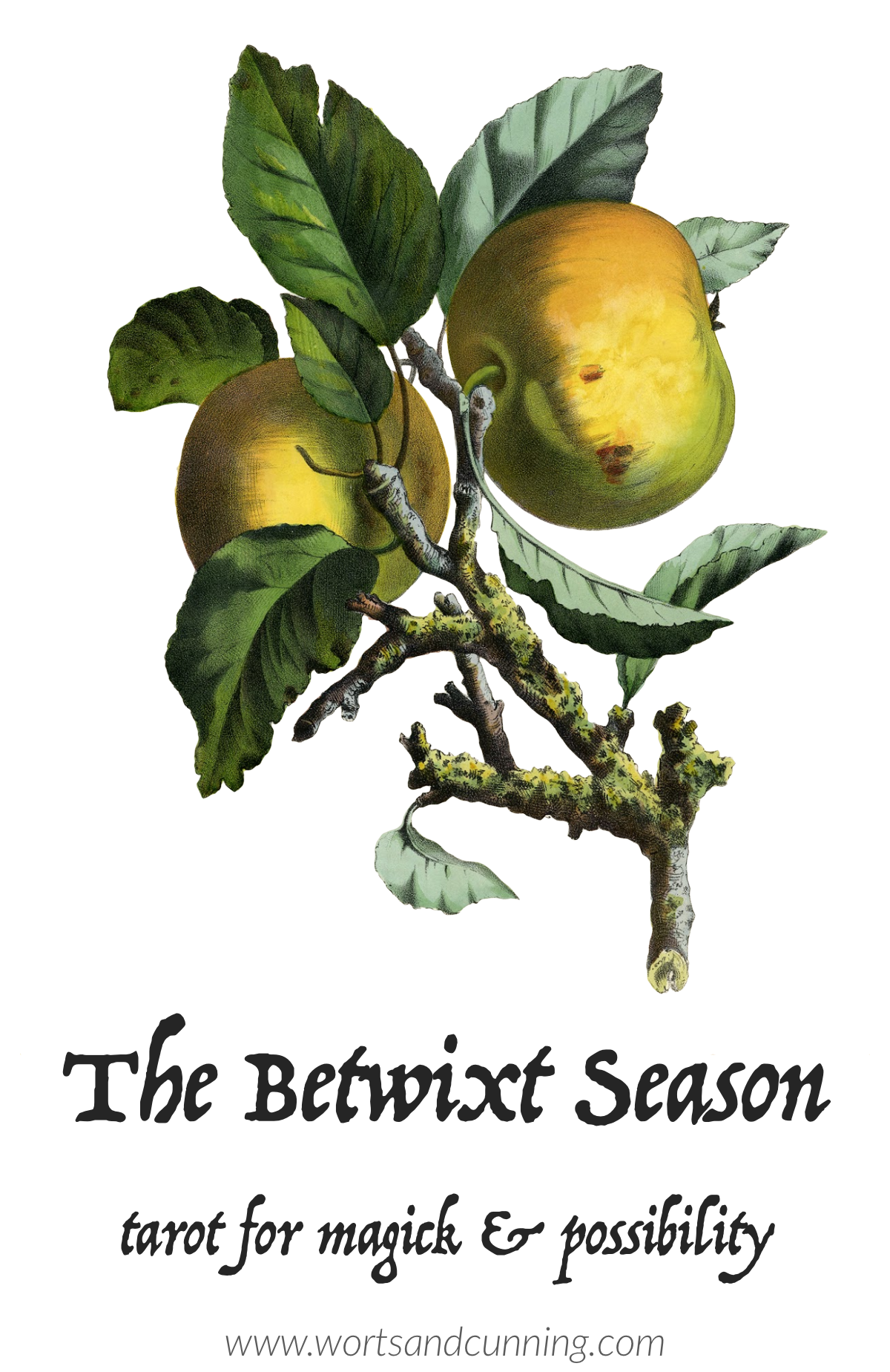Herbs for the Winter Body
Friends, what follows is an excerpt from the winter section my book The Apothecary of Belonging: Seasonal Rituals & Practical Herbalism that explores the energy of the season and how we can connect to herbs for the winter body from a traditional western herbalism perspective.
Within The Apothecary of Belonging I focus on how we draw ourselves back into relationship with the land, our bodies, and our communities through earth-centered seasonal practices - for all is land, there is no other.
As the darkest part of the year starts to stretch throughout the land, I thought I'd share a part of the winter section of my book with you. Each seasonal section includes practices for connecting with the land, from breathwork to simple rituals, a seasonal apothecary full of plant allies to work with, an invitation to connecting with your land-body through divination, and more.
You can find the introduction to the book here and if you feel inspired by what you read below, consider checking out a copy from your library or purchasing a copy for your own bookshelves. Thank you for your support and making the work of writing a book even possible!
❄️ ☕️ 🌿
Within traditional western herbalism, winter is a time of falling temperatures and increasing moisture, moving from the dry coolness of autumn into the increasingly damp cold of the darkest part of the year. The land is slowing: snowpack builds in the mountains, storing precious reserves of water that’ll flow down throughout the warmer seasons, while the combination of coldness and damp draws the energy of plant life inward or underground. The moisture and frost of winter aid in the process of decay started in autumn, drawing energy farther down and inward, rebuilding the soil before another season of growth begins. Traditional western herbalism associates winter with the element of earth moving into primordial water, representing the final period of maturation and age within the human life cycle.
Within our apothecaries we can support our winter bodies by incorporating immune system tonics into our daily brews, stocking our shelves with favorite cold-care remedies, including a variety for coughs ranging from dry to damp, brain tonics to support our seasonal mental health and agility, tonics to support our fluid-filtering organs, and remedies to meet the needs of our increasing age.
Winter helps us identify areas of our life that have become frozen, brittle, and lacking in vitality. Signs of Cold (one of the six energetic tissue states used within traditional western herbalism along with Heat, Tension, Relaxation, Stagnation, and Dryness) include weak circulation, ineffective digestion and absorption of nutrients, feeling understimulated, and an underperforming immune system so you’re catching every cold that comes your way. Many recommendations for winter health within the herbal world and beyond include warming remedies from herb-enriched broths to hot teas to counteract the season’s excessive Cold, which is why it is good to incorporate physically warming remedies into your winter rotation.
When unresolved Tension or excess Relaxation from any previous season follows us into winter, it can mingle and get stuck with the season’s increased Cold, leading to Stagnation. Stoking our digestive fires with warming bitters as well as including gently energizing nervines in our rotation of daily teas can keep us feeling relaxed but present. Slowing down and resting are part of winter’s healing gifts, including moments of sadness and even somber introspection, but we want to guard against getting stuck in seasonal sadness or lingering burnout. Getting things off our chest energetically and physically (supported by lung tonics), sharing unexpressed grief, and working with plant allies as elders are all ways we can embrace and be embraced by winter.
Winter teaches us how to be watchful of muddy places that could become swampy and stagnant in our body, inhibiting the flow of energy. Signs of Stagnation include feelings of stuckness and malaise, buildup that results in conditions such as excess mucus or cystic acne, as well as general lethargy and even apathy. Most of us experience at least a bit of winter Stagnation. We also need to pay attention to the way we support the digestive warmth and fires of the body since the rich foods of winter combined with a slower digestive cycle from the long hours of night start to speed up again in spring. Signs of Stagnation such as bloating, constipation, gas, feeling like the food is just sitting in your stomach, and becoming overly tired after eating because digestion takes so much effort can be alleviated with digestive bitters and helpful energizing Tension in the form of astringent herbs that move energy. Late winter and early spring colds can lead to lingering congestion and an immune system needing extra support, so we can turn to anticatarrhal, anti-inflammatory, and immunomodulating herbs.
As a season associated with aging and elderhood, winter has us turn to plants with a special relationship to the aging process and longevity such as Sage (Salvia officinalis), Ginkgo (Ginkgo biloba), and Rosemary (Salvia rosmarinus). Through winter and connecting with the ancient energies of the land, we can explore the wisdom of our increasing age, learning to discern and carry only what brings us meaning and connection. Winter is a beautiful time to explore what inheritances have been passed down to you through the generations and the healing needs of your ancient self. You can work with the ebbing energy of the land, returning to the ocean lungs of our planet, by tending to your lungs, your own inner sea.
During winter, the land travels the path to dream and settles into a seasonal slumber. We can mirror the winter of the land in our own inner landscape, connecting with plants that support our sleep body, especially if our rest and sleep cycles have been disrupted during the busyness of the year. Herbs like Passionflower (Passiflora incarnata) not only settle us into a state of rest but pull into focus what really matters to us instead of what keeps us busy. Seeking connection with winter’s rhythms helps us reconnect to our own inner visions, finding inspiration with the dreaming land.
🌲
Looking for more inspiration for your winter practices? I've shared my favorite warming bitters blend for the winter months as well as a whole post on creating your own winter apothecary. I've also written about winter herbal and magickal practices and I even have a winter solstice tarot spread for you.
Wherever the season carries you, may the bright clarity of winter’s cold brings you comfort, carrying you all the way through to spring’s bright dreaming.
This post was made possible through patron support.
❤︎ Thanks, friends. ❤︎




